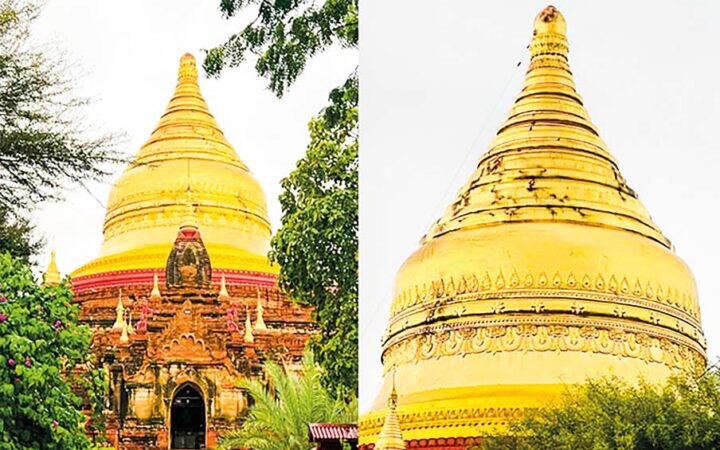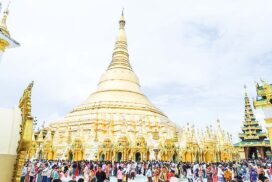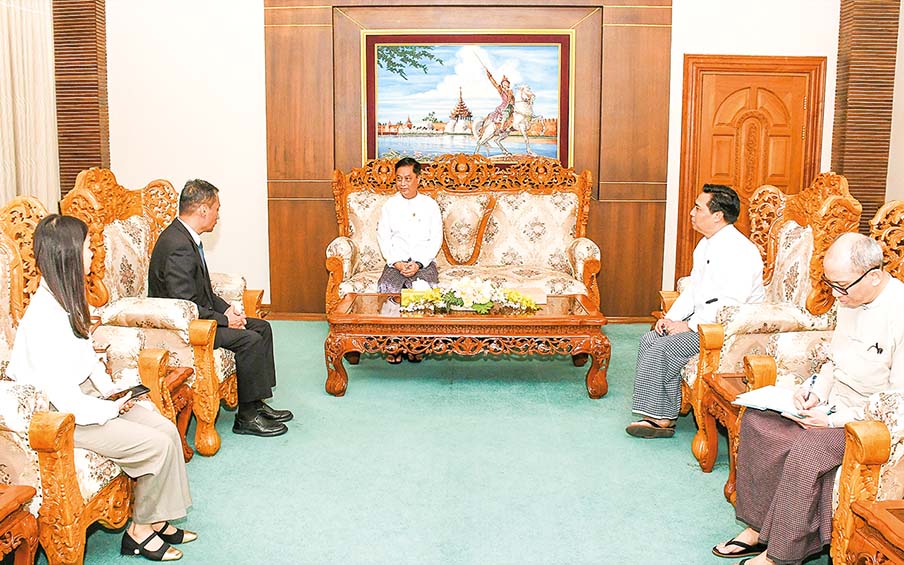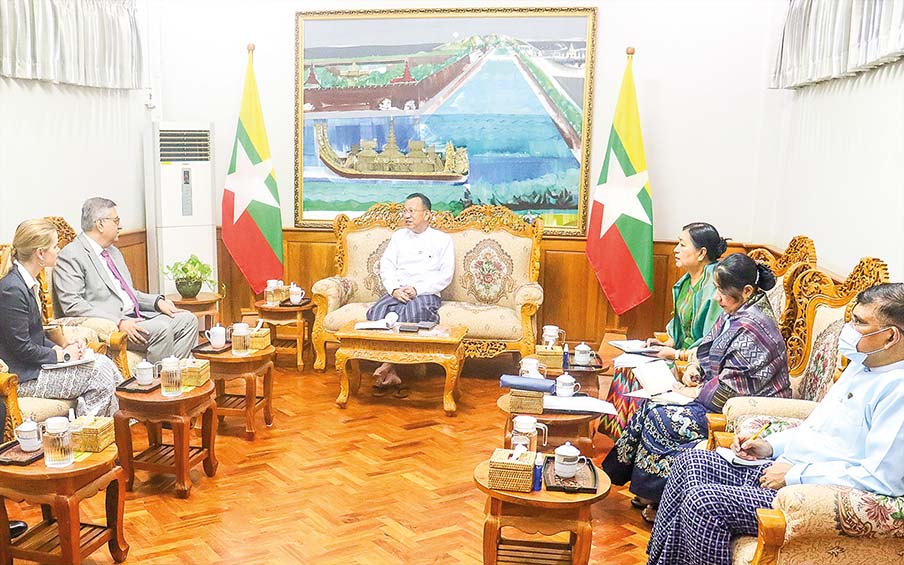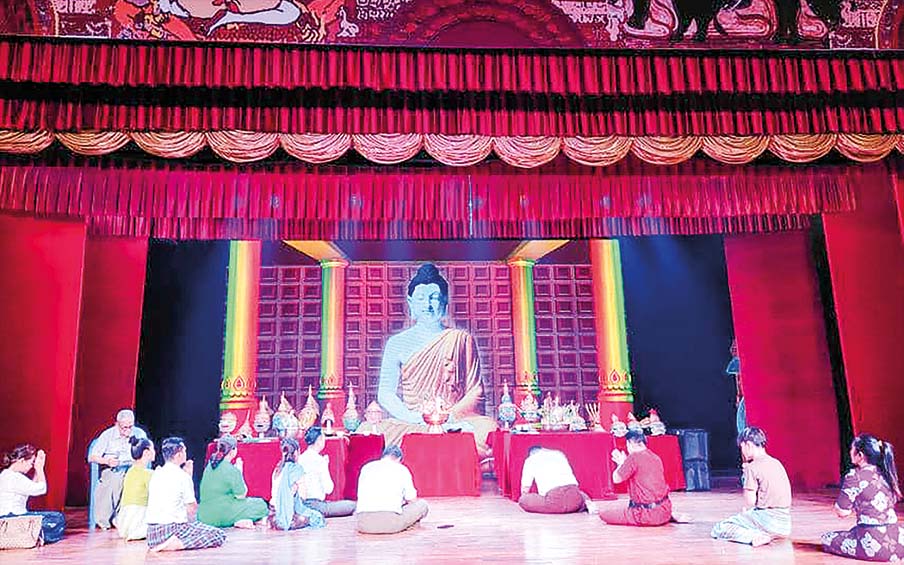Bagan is an ancient cultural zone, a world heritage site, and an attractive tourist destination. The following are excerpts from the interview with U Kyaw Myo Win, director of the Department of Archaeology and National Museum (Bagan Branch), on the current situation of preservation and sustainability by MT (The Global New Light of Myanmar).
Q: May I know the warnings given by your department in purchasing land plots in Bagan’s cultural zone?
A: We announced that locals should avoid making the wrong purchases of land. We explained about zones and land management. Locals should especially know the types of land. For example, a land plot you bought to build a house can be a land type on which construction is banned. Some didn’t know it and built houses without seeking approval from us. We had to restrict them, and sometimes, we had to file a lawsuit, which led to unnecessary problems. So, we announced that we would verify the land plots at our department or land records department, whether it is village land, town land, farmland, or non-other-use land. If they buy through brokers, they can face such issues. Some have been facing prosecution.
Q: As it is now rainy season, may I know the installation of lightning conducts at Bagan’s pagodas?
A : We don’t install lightning conductors, but the Ministry of Construction. When we observe why thunderbolts hit Bagan pagodas from an archaeological point of view, we found that in the renovations after the 2016 earthquake, reinforced concrete (RC) was used in pagodas’ structures. Ancient pagodas didn’t have such RC, and they only used stone umbrellas. Later, iron umbrellas were installed. I mean, the material has changed. As the original architecture has no RC, it cannot be hit by a thunderbolt.
After the 2016 renovation with RC, more areas were affected by thunder. The Bupaya was hit by thunder for the first time last year. RC in pagoda’s structures attracts electric current, so they were hit by thunderbolts.
Therefore, we planned to install lightning conductors at the RC-renovated pagoda. We don’t know how to install them, but we were just advised to avoid such and such areas to prevent damage to the heritage. We carried out HIA (Heritage Impact Assessment). The Ministry of Construction did the actual installation. Installation was completed in 14 pagodas, and we will continue in nine pagodas.
Q: What are the plans for your Bagan Branch, Sir?
A: Our Bagan branch is doing research on water management. We found a water piping system for monasteries using terracotta pipes made of baked earth. Such pipes are found in Mesopotamia during early BC. It is also found in India for water pipes used in palaces and monasteries.
The terracotta pipe water system is also found in Bagan, near the bank of Nyaung Lettaphet between Culamuni and the monastery. They are ancient water channels made of bricks. When we study Bagan’s water management system, we find big lakes like Emerald Lake and Alan Pagan, as well as large canals which run to the Ayeyawady River. From these canals, water was transported via Poe Thudaw Lake and Shwe Nanyintaw Lake to buildings like the Sangha University using terracotta pipes.
Q: May I know the situation of dredging 91 ancient lakes in Bagan?
A: We have completed 24 out of 91 lakes. But it doesn’t mean we must dredge all 91 lakes. We go by first, second and third stages. We just collected data. Some lakes shouldn’t be dredged as they are very close to ancient buildings. Some small lakes need only small-scale reclamation. Some are natural, such as being far from humans and animals. We will not dredge such lakes as it is not beneficial.
Q: We saw many travellers coming to Bagan this year. What are your department’s plans to continue attracting tourists?
A: Our department is now doing cleaning activities. As there are plenty of desert thorns, we are clearing them as a project. We divided the cultural zone into 11 areas and cleared banyan trees inside and around the temples and stupas. We have never seen such a large-scale clearing campaign. There remain only two areas to clear. We have almost completed it. Such clearing activities cannot be stopped for a while. If stopped for a while, we will have to restart a new project from the beginning.
Thank you for your answers, Sir.
Translated by ZN

